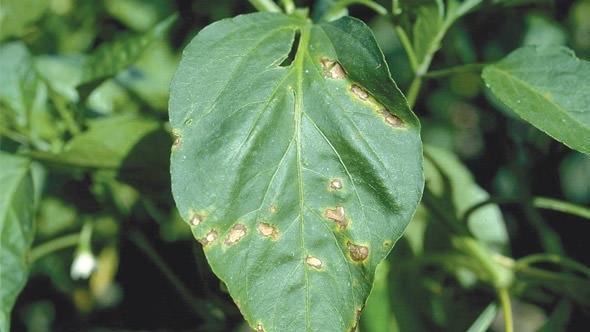North American Blueberry Growers Join Forces
With ever-increasing competition from Mexico and other foreign countries, and disappointing trade rulings, the North American Blueberry Council (NABC) has established a task force to look at market imbalances and seek solutions.
We asked Kasey Cronquist, President of the organization, to provide details on the task force.
Florida and Southeastern blueberry growers were disappointed in the ruling by the ITC in the Section 201 case. What next steps can the industry take?
Cronquist: The blueberry industry was built through industry-wide collaboration. The most important thing the industry can do — and is doing — as an immediate next step is to come back together in a unified way to have solution-oriented conversations. Understanding both the challenges and the opportunities our industry faces, and the important role each sector of the industry plays in addressing those challenges, and seizing the tremendous opportunities that still lie ahead for blueberries is key to moving forward.
This unified approach and collective investment has a proven track record on what it really takes to have a big impact — especially in new channels that we’re just kicking off or expanding, like digital retail, food manufacturing, and food service.
What are some of the task force’s goals?
Cronquist: This is a brand new initiative that NABC Chair and Florida blueberry grower Ken Patterson announced during our spring meetings. The establishment of a task force, suitably referred to as the United Blueberry Task Force (UBTF), is to have solution-focused conversations about what is needed now to help better ensure future success for all those who have a stake in the blueberry industry. Members of the UBTF will help us determine the best opportunities to address industry issues and concerns, including those that led to the 201 investigation, as well as help guide a promising strategy for the industry moving forward.
How focused should we be in driving up consumption as blueberry volume increases from foreign and domestic production?
Cronquist: Driving demand must be our focus going forward. This is the fundamental way to solve challenges that increasing supply can create. That said, blueberries are unlike other commodities and products that have tapped out their household penetration opportunities or per capita consumption goals. Far from it. There are still so many untapped opportunities for blueberries to experience massive growth in consumption and demand, and that is what we need to recognize, identify, and focus on.
We are focused on creating a future where the blueberry industry and all its value-chain partners will benefit from programs built around the mutual interest in driving blueberry value and volume. Partnerships are being built right now to strengthen the data and measurement we have available to us so the blueberry industry as a whole can learn what works, share new knowledge with the industry, and use those learnings to continually improve to achieve and exceed goals.
Under the U.S. Highbush Blueberry Council (USHBC) umbrella, the consumer call-to-action and programming for this year, Grab a Boost of Blue, is focused on one main goal: increasing household penetration by getting more blueberries onto shopping lists and into grocery carts — lifting up the entire blueberry category.
Two important “power periods” of the program were Brain Health Month in June and National Blueberry Month in July, the latter being an opportunity for the entire industry to celebrate and pro-mote blueberries in a variety of ways.
Beyond that, there are also opportunities to drive demand for blueberries internationally, and USHBC has invested significantly more resources in U.S. blueberry export market development in recent years to help U.S. blueberry growers diversify their market opportunities. In fact, USHBC has successfully increased its Foreign Agricultural Service Trade Program grant funds by more than $1,000,000 in just the past five years, from less than $400,000 in 2016 to more than $1.4 million in 2020.
With these additional funds, USHBC has been able to launch a number of promotional programs in targeted export markets to showcase the unique benefits of blueberries.
A great example of these programs at work is the arrival of Florida blueberries in Vietnam in April 2021. Vietnam first granted access for fresh U.S. blueberries in 2019, and demand has grown quickly. With the help of USHBC retail promotion, the initial shipment of this year’s crop sold out in less than a week.











